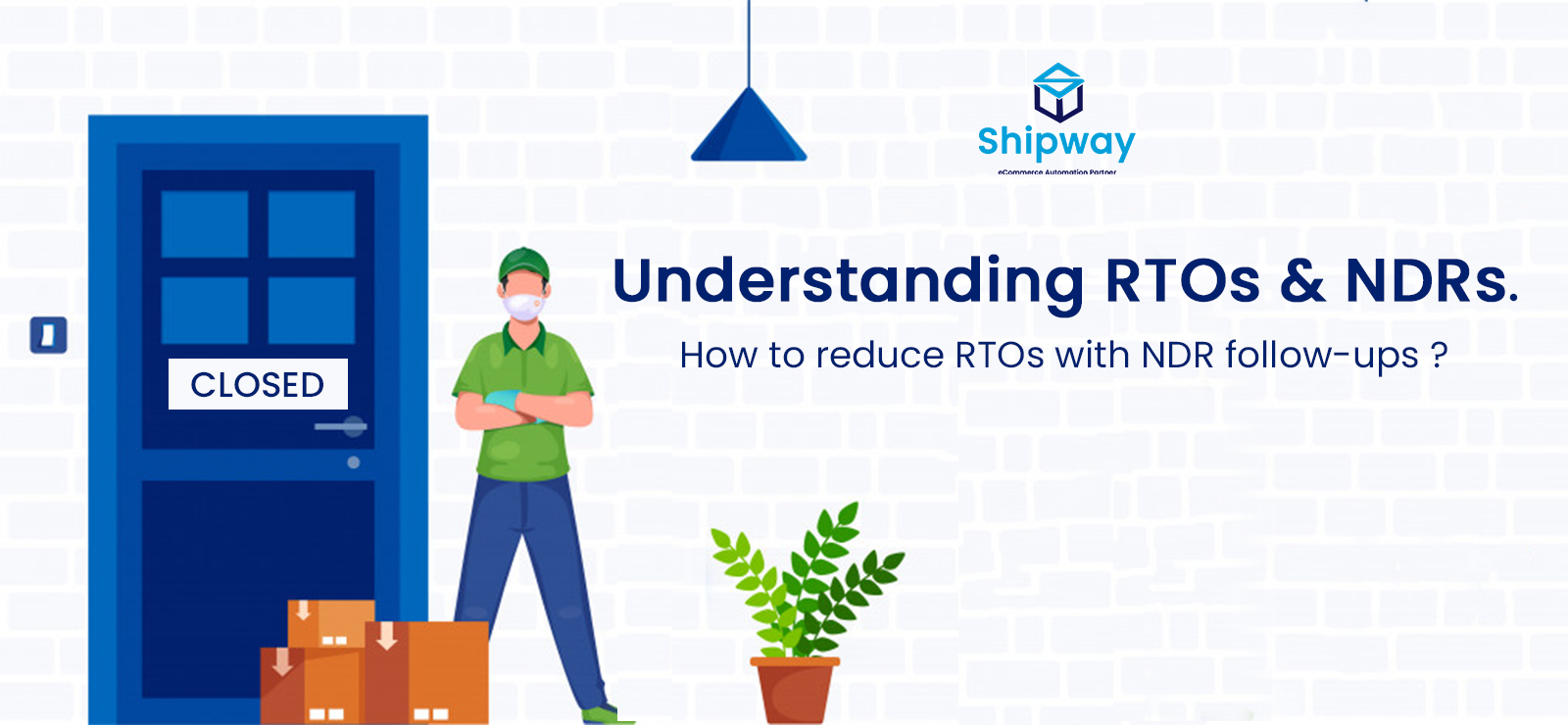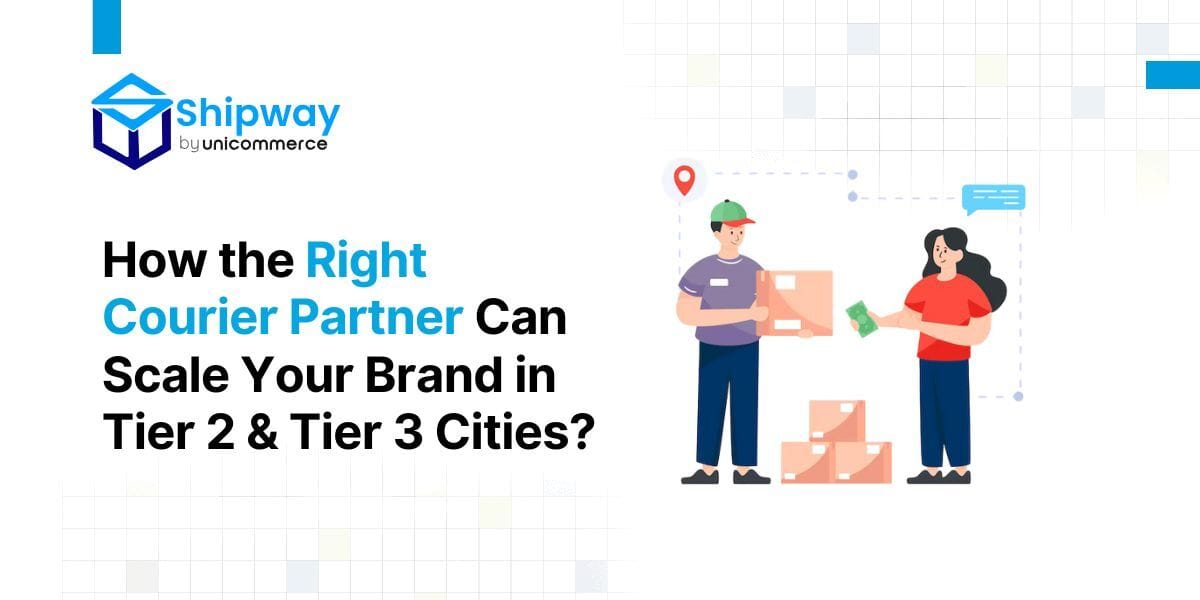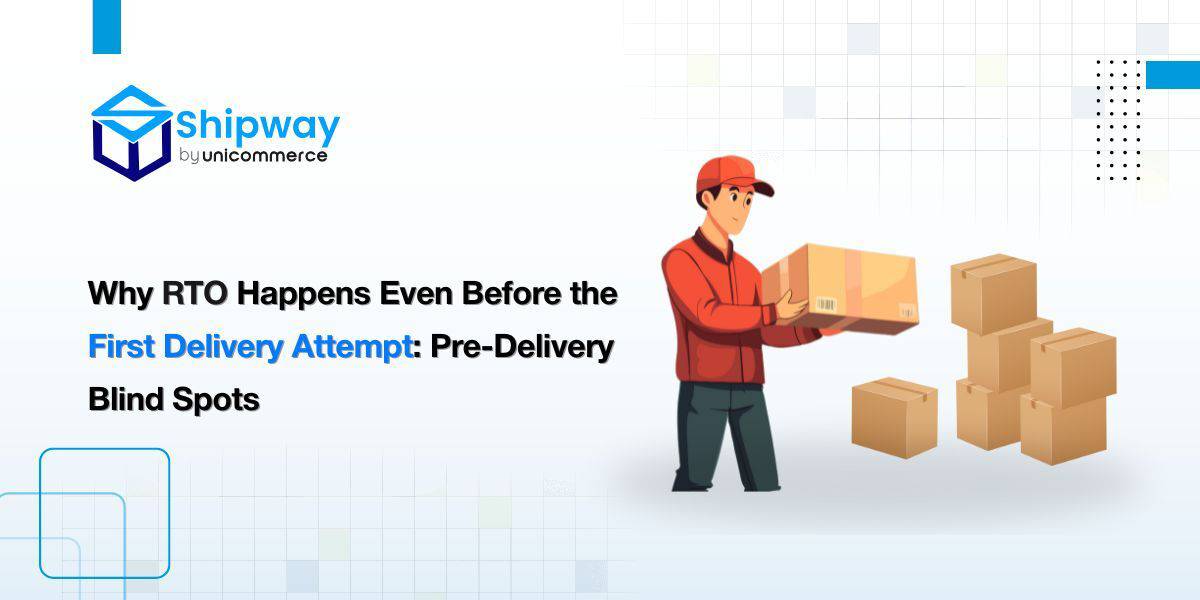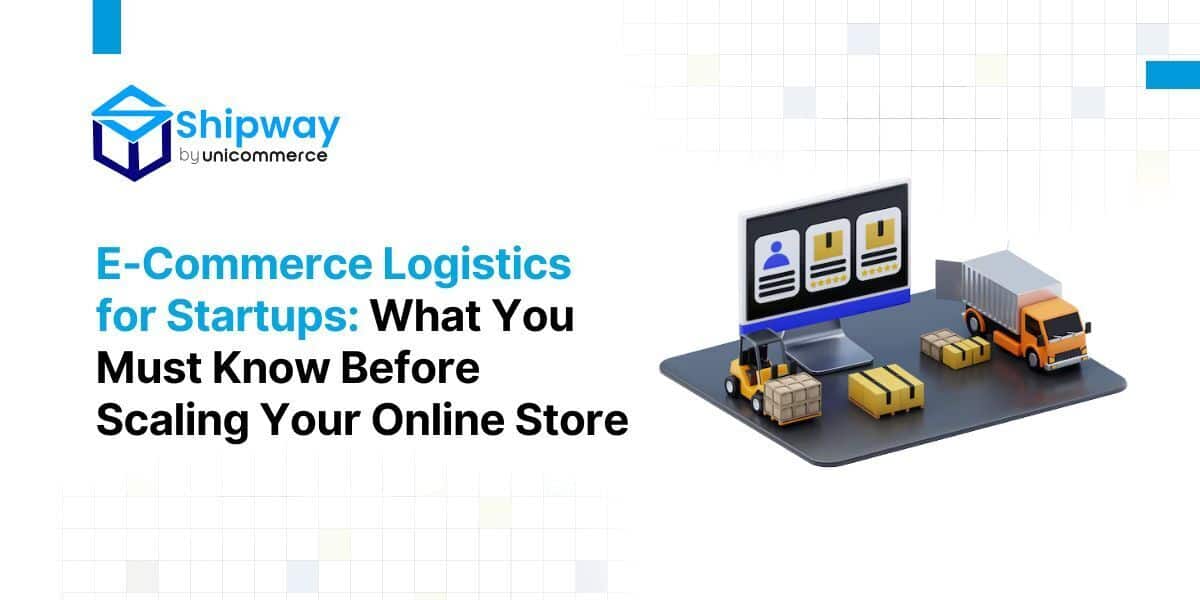In the last few years, the eCommerce industry has witnessed a great boom especially D2C brands as they have completely changed the relationship between customer and brand.
D2C brands have eliminated the middlemen, reducing the costs of the products and selling them directly to their customers, increasing ROI for the brand.
Thus, people now believe and trust to purchase directly from the brands rather than a multi-brand retailer.
But there’s a harsh truth besides it, an increase in RTO (return to origin), last year only, eCommerce faced a surplus percentage of RTO orders, more of which D2C brands found it difficult to manage their operations and minimize the RTO percentage.
Many of them took the assistance of 3rd party platforms to ensure the smooth run of operations and reduced RTO orders.
A critical aspect here is to understand RTO and NDR better. Continue reading to know how they are interrelated in detail.
What is RTO?
Return to origin meaning a case where the returned shipment is delivered back to the warehouse or returned to origin at shipper’s request, also referred to as a RTO in courier.
RTO in courier is also one of the important aspects when it comes to maximizing the profitability of the business.
The undelivered package is of no good either for you (seller) or for your buyer, and also suppresses your customer satisfaction
Why is the shipment returning to its origin?
There could be many possible reasons why the shipment is not delivered instead dispatched for RTO. A few of the possible reasons are listed below.
- The customer is not available.
- The recipient does not approve the package.
- Wrong customer contact information.
- COD payment not ready at the time of delivery.
- Premises closed at the time of delivery.
Impact of RTO
Due to the above-listed reasons, the shipment is dispatched for RTO i.e., returned to origin at seller’s (warehouse), and the inventory is locked until it is examined thoroughly by the quality department. Then it will be restocked or scrapped accordingly.
No seller would like it’s shipment RTO lock meaning the locked inventory, as it is of no use but is breaking the cash flow.
Rather the seller would bear the shipment charges for both forward and reverse shipping.
Other than this, the RTO scenario consumes warehouse space and obstructs customer satisfaction and retention.
More RTO-related costs are listed below:
- Shipping charges for the shipment (forward and reverse).
- Costs in Repackaging.
- Product damage.
- Costs in the handling of recalled inventory.
- Locked Inventory.
- Disposal/Scrapping Cost.
- Loss of probability.
- Cost of client turnover.
What is NDR in courier?
NDR full form is Non Delivery Report. The term NDR meaning in logistics is undelivered shipment or delivery attempt failure generated by the courier partner.
With NDR on hand, the seller has two alternatives to take action on, either make a re-attempt for the delivery or mark the shipment directly as RTO.
Purpose of NDR
Reducing Return to origin in courier is the primary purpose of NDR. An increase in maximum successful deliveries as possible is the main goal.
Non Delivery Report is required to take necessary action towards the undelivered shipment so that to reduce the RTO percentage.
How automated NDR management reduces RTO?
NDR is observed, so that action against the undelivered shipments (due to any reason) can be taken, by taking a follow-up from the customers for the re-attempt of delivery and their available time for the same.
The automated non-delivery follow-ups have made the communication better and proactive between the seller, customer, and courier partner.
The non-delivery follow-ups can be sent separately against the specific reason for the undelivered status.
For e.g. the wrong address reason, follow-up can be sent asking for the correct address, for customers’ unavailable reason follow-up can be sent asking the available time, etc.
Hence, the details shared by the customers will be automatically pushed to the carrier for the timely re-attempt of the delivery.
Following are the few advantages of automated follow ups for undelivered orders and NDR management.
Advantages of automated NDR management:
- High rate of successful deliveries
- Reduced RTO percentage
- Improved communication with carrier partner as well as customers
- Increased customer experience
You may also like…
How the Right Courier Partner Can Scale Your Brand in Tier 2 & Tier 3 Cities?
You’re still seeing the same order volumes and ROI, and you’re wondering why your brand isn’t growing like the market leaders. Umm, the issue...
read moreWhy RTO Happens Even Before the First Delivery Attempt: Pre-Delivery Blind Spots
When Return to Origin (RTO) is discussed, most ecommerce teams instinctively look at last-mile failures: customer unavailable, address issues, or...
read moreEcommerce Logistics for Startups: What You Must Know Before Scaling Your Online Store
Scaling a brand comes with its own set of challenges, and logistics often become the first big hurdle. Most young brands can ship 20–50 orders a day...
read more





